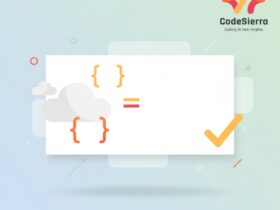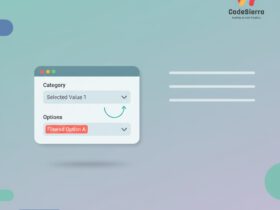Quick answer
A DataRaptor is a declarative data extraction, transformation, and loading tool in Salesforce OmniStudio (formerly Vlocity) used to map between JSON/XML payloads and Salesforce (or external) data — without writing Apex. DataRaptors are optimized for use inside OmniScripts and Integration Procedures to read, transform, and persist data quickly and reliably.
Why DataRaptors matter (SEO keywords: DataRaptor, OmniStudio, Salesforce DataRaptor)
For Salesforce architects and developers working with OmniStudio, DataRaptors provide a low-code way to handle common integration and mapping tasks. They reduce the need for custom code, speed up development, and make mappings easier to maintain. Use cases include pre-populating OmniScripts, transforming external API responses, and creating/updating Salesforce records from UI-driven flows.
Core DataRaptor types
There are four main DataRaptor types you will encounter:
- Extract — Reads data from Salesforce objects (SOQL-like but declarative) and returns JSON to the caller.
- Load — Creates or updates Salesforce records based on incoming JSON payloads.
- Transform — Performs pure JSON-to-JSON transformations (mapping fields, calculating values) without touching the database.
- Turbo Extract — A high-performance read-only extractor optimized for fast response times; useful when you need low-latency reads inside OmniScripts or Integration Procedures.
How DataRaptors are used
DataRaptors are typically invoked from OmniScripts, Integration Procedures, or from custom code via Vlocity APIs. Common patterns:
- Use an
Extractto fetch records and prefill OmniScript data elements. - Use a
Transformto reshape an external payload (e.g., convert API response to the frontend model). - Use a
Loadat the end of a flow to persist user input into Salesforce. - Combine Turbo Extracts inside Integration Procedures for fast, multi-source reads.
Sample mapping (simplified)
Below is a small example showing an incoming OmniScript JSON, a DataRaptor Transform mapping, and the output JSON used for a Load.
// Incoming OmniScript JSON
{
"contactInput": {
"firstName": "Jane",
"lastName": "Doe",
"email": "[email protected]",
"billingAddress": {
"street": "123 Main St",
"city": "Austin",
"state": "TX"
}
}
}
// DataRaptor Transform mapping (declarative in UI; shown here as conceptual mapping)
// Map contactInput.firstName -> Contact.FirstName
// Map contactInput.lastName -> Contact.LastName
// Map contactInput.email -> Contact.Email
// Map contactInput.billingAddress.street -> Account.BillingStreet
// Output JSON for DataRaptor Load
{
"Contact": {
"FirstName": "Jane",
"LastName": "Doe",
"Email": "[email protected]"
},
"Account": {
"BillingStreet": "123 Main St",
"BillingCity": "Austin",
"BillingState": "TX"
}
}
Best practices and tips
- Prefer
Transformfor purely structural changes to avoid unnecessary DB calls. - Use
Turbo Extractfor read-heavy, low-latency needs inside OmniScripts. - Minimize nested loops in mappings — they can impact performance and complexity.
- Leverage pre-validation in OmniScript or Integration Procedure before calling a Load to reduce partial failures.
- Use DataRaptor testing and debug logs; enable trace for troubleshooting mapping issues.
- Document mapping assumptions and key field selectors; this helps during maintenance and upgrades.
Common interview questions about DataRaptors
Expect follow-ups like:
- When would you use a Transform vs. an Extract?
- How do you handle upserts and external IDs in a DataRaptor Load?
- What are performance considerations for Turbo Extracts?
- How do DataRaptors compare to Apex or middleware solutions?
Conclusion
DataRaptors are a cornerstone of OmniStudio integrations — they enable declarative mapping between JSON and Salesforce data models, reduce code, and speed up delivery. Understanding the differences between Extract, Load, Transform, and Turbo Extract — and when to use each — is essential for any Salesforce developer or architect working with OmniStudio.










Leave a Reply